The Supermicro SYS-510P-WTR is a single-socket Intel Xeon “Ice Lake” generation server. In this generation, Intel’s newest processors offer a lot more for single-socket systems and Supermicro is taking advantage of the advancement. At the same time, this is designed to be a “cost-optimized” platform for Supermicro while retaining expandability due to its WIO design. If “WIO” is not recognizable, we will show why this is important in our review.
Supermicro SYS-510P-WTR Overview
As we have been doing recently, we are going to split our review into the external overview followed by the internal overview section to aid in navigation around the platform.
Supermicro SYS-510P-WTR External Overview
The system itself is a 1U server that is 25.6″ or 650mm deep. Practically, that makes the server short enough that it will fit into almost any rack. At the same time, it is also deeper than the very short-depth platforms so we still get a lot of expandability.
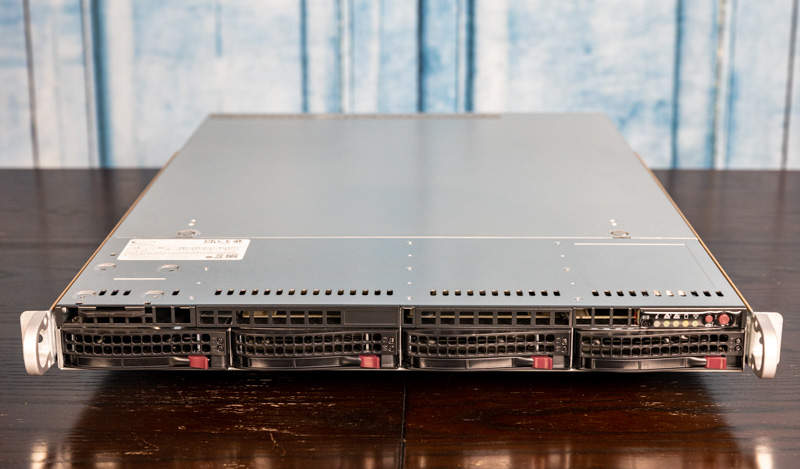
Starting with the front of the system, we get four 3.5″ hot-swap bays. These may be 3.5″ bays that one immediately may think of as being designed for hard drives. While the bays themselves can handle SATA and SAS3 (with a SAS HBA/ RAID controller installed), they can also take NVMe SSDs by installing optional NVMe cables.
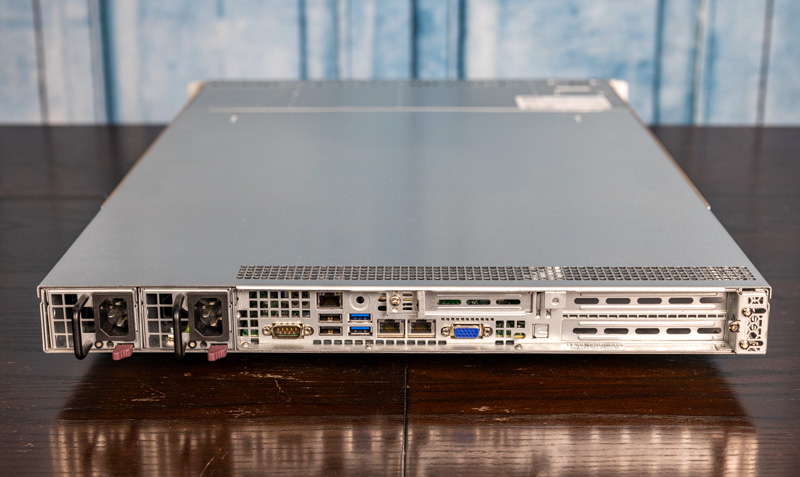
On the rear of the system, we have a number of features. First, we have the redundant 500W 80Plus Platinum power supplies. Those will work for the single-socket platform since we do not have a second high-power CPU.
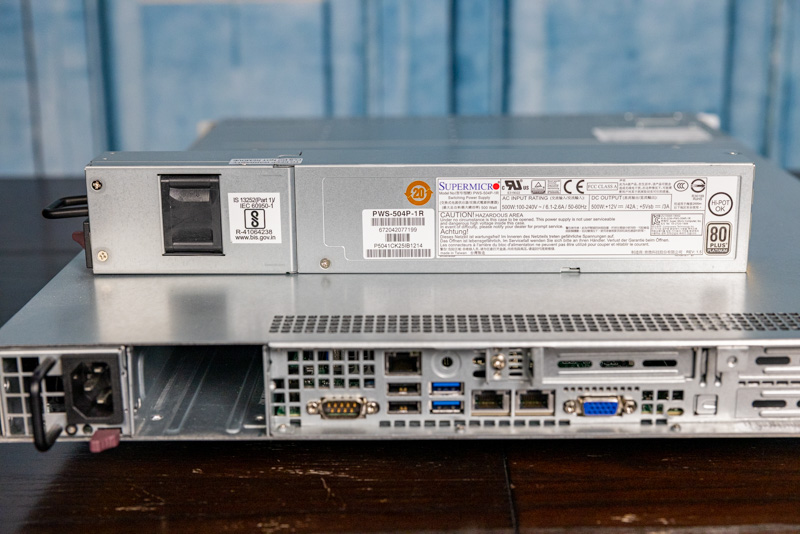
The rear I/O is a serial port, a dedicated IPMI port, two USB 2.0, and two USB 3.2 Gen1 ports. There is also a legacy VGA port.
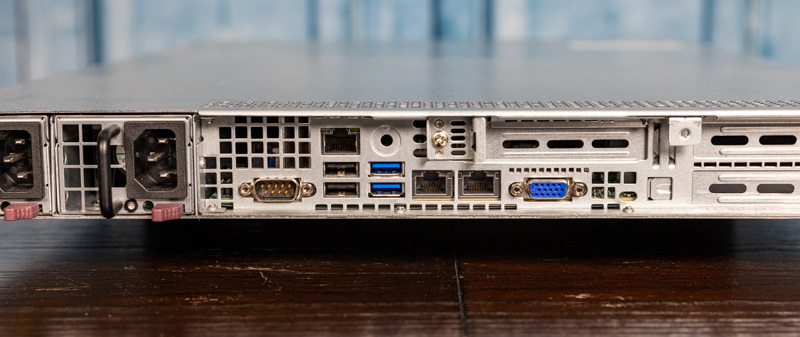
On the rear of the system, the two RJ45 LAN ports are actually dual 10Gbase-T ports. Using the Intel X550 controller, we get 10GbE built-in.
Something we will quickly note is that the rear expansion slots are relatively plentiful for a 1U short-depth system. There are two full height/ length slots that are PCIe Gen4 x16. We also get a PCIe Gen4 x16 low profile slot.
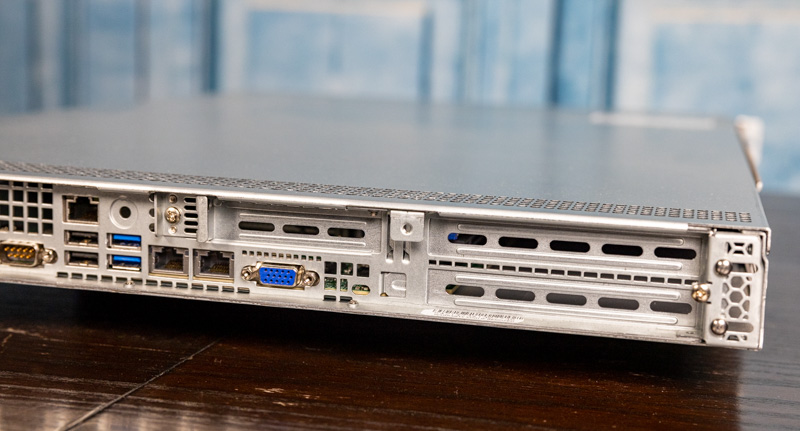
Two quick items of note here. In the previous generation, we would have been limited to PCIe Gen3 on these slots, so we get around twice the bandwidth. Also, 3 x16= 48 PCIe lanes which is the total amount one has available on a second-generation Intel Xeon Scalable platform. With the newer 3rd generation Ice Lake platform, we have enough PCIe lanes to drive this type of configuration whether it is for 100GbE/ 200GbE NICs, DPUs, accelerators, or even for external storage controllers.
Next, we are going to get to the internal overview where we will see what is inside and even how Supermicro is able to fit all of those expansion slots.

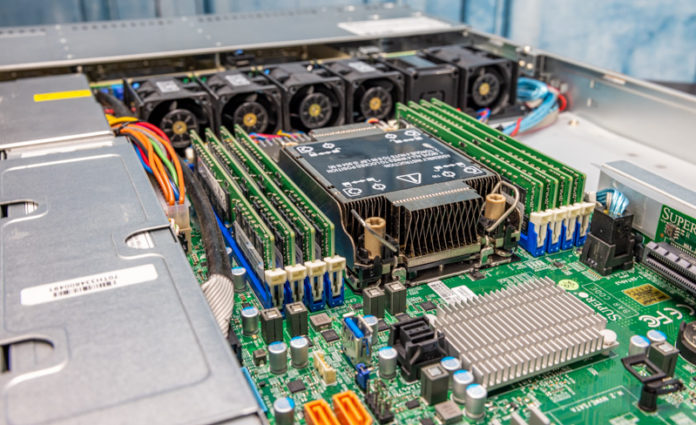



Można automatycznie ocenić zgodność każdego testu z normami międzynarodowymi lub indywidualnie określonymi wartościami
granicznymi.